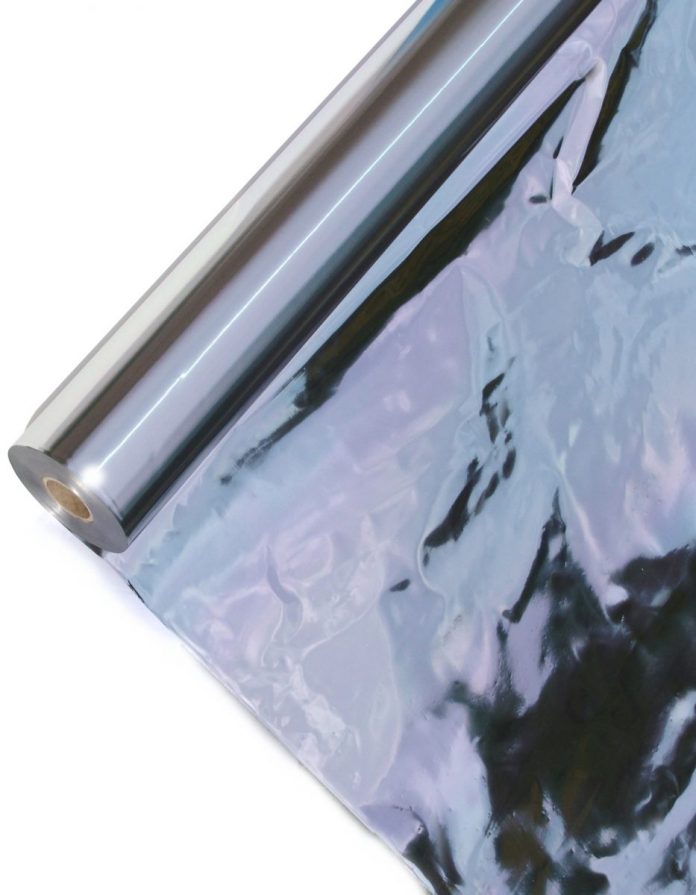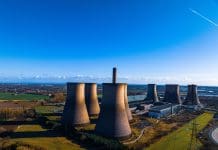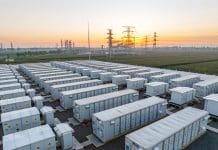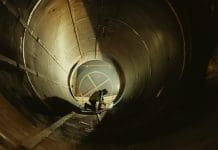Colin Hawkes, Managing Director at UK-based Apollo Energy Research, provides an overview of his company’s membrane products that feature low emissivity surfaces
Long-life Heat Reflecting Membranes made from various sheet materials were conceived by NASA space scientists to protect orbiting craft from solar radiation. This heat control technology has spawned a variety of terrestrial applications. These include the famous “space” blankets that keep athletes and accident victims warm, heat-reflecting sheaths for water tanks, air-conditioning ducts, heat-sensitive equipment and even racing car components.
Established in 1995, Apollo Energy Research has developed mass production techniques allowing the manufacture of tough, cost-effective membranes for the construction sector. Successfully used worldwide within domestic, commercial, industrial and agricultural premises, they reduce a building’s carbon footprint by blocking radiant heat, and stabilise heat loss or heat gain, air movement and the ingress of humidity.
In recent years, Apollo Heat Reflecting Membranes (HRMs) have gained an international reputation for quality and performance as yet unmatched by any other company supplying these types of product. One of Apollo’s first international distribution deals was with a Singapore-based company that sold the product in Thailand, Malaysia and Indonesia. Noteworthy projects where a HRM was installed include the Raffles Hotel and a number of Olympic venues.
Apollo has developed a product range that now includes low emissivity Heat Reflecting Membranes for lining various building types, including warehouses, agricultural buildings, homes and cabins.
Eco-Brite® is just one of the membranes developed by our company. BBA-certified, it is a 135 microns thick composite laminate of aluminium foil, a tough polyethylene film and metallised polyester film finished with a non-tarnish coating. It prevents 96% of radiating energy passing through structures, is a vapour barrier and helps make buildings air-tight.
Timber frame, brick or block built homes and loft conversions
Every square metre will save 12.33kg of CO2/annum when fitted within a fibre insulated structure.
Cabins
Every square metre will save 23kg of CO2/annum when fitted within an uninsulated wall or roof. For over 15 years, it has been successfully specified in cabins, providing the most cost-efficient insulation method for this type of building.
Colin Hawkes concludes: “Apollo HRMs have been used successfully within the fabric of portable and static cabins, prefabricated and modular building systems associated with site, domestic, commercial, industrial and agricultural uses.
“In combination with fibre insulation, Eco-Brite provides the most cost-efficient insulating method available that meets the requirements of current Building Regulations.”
To see the full range of membranes offered go to www.apollo-energy.com.
Colin Hawkes
Managing Director
Apollo Insulation Limited
Tel: +44 (0)1293 776974
Please note: this is a commercial profile














